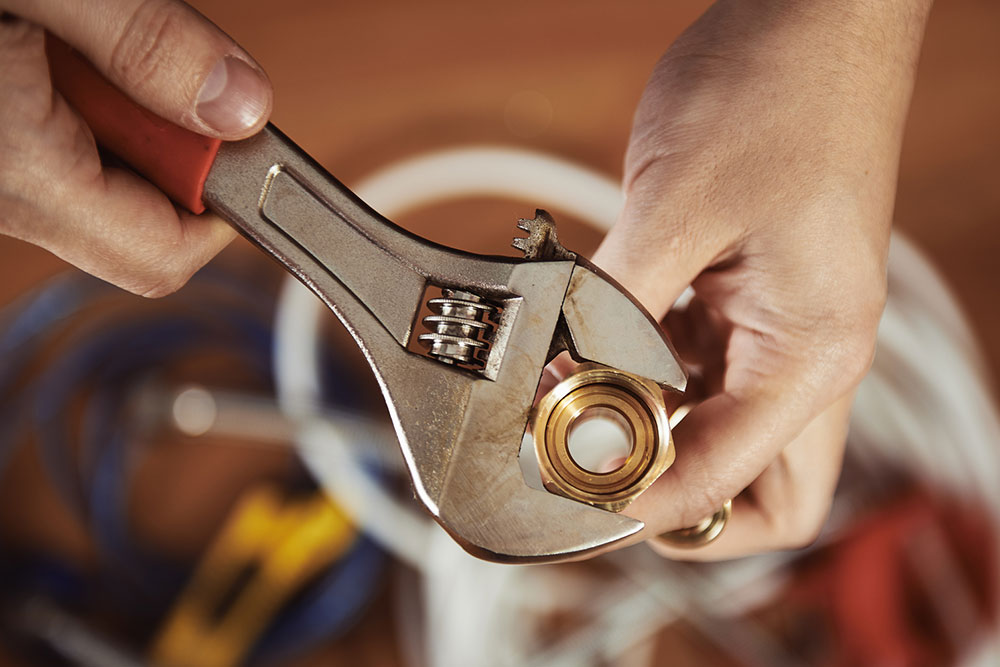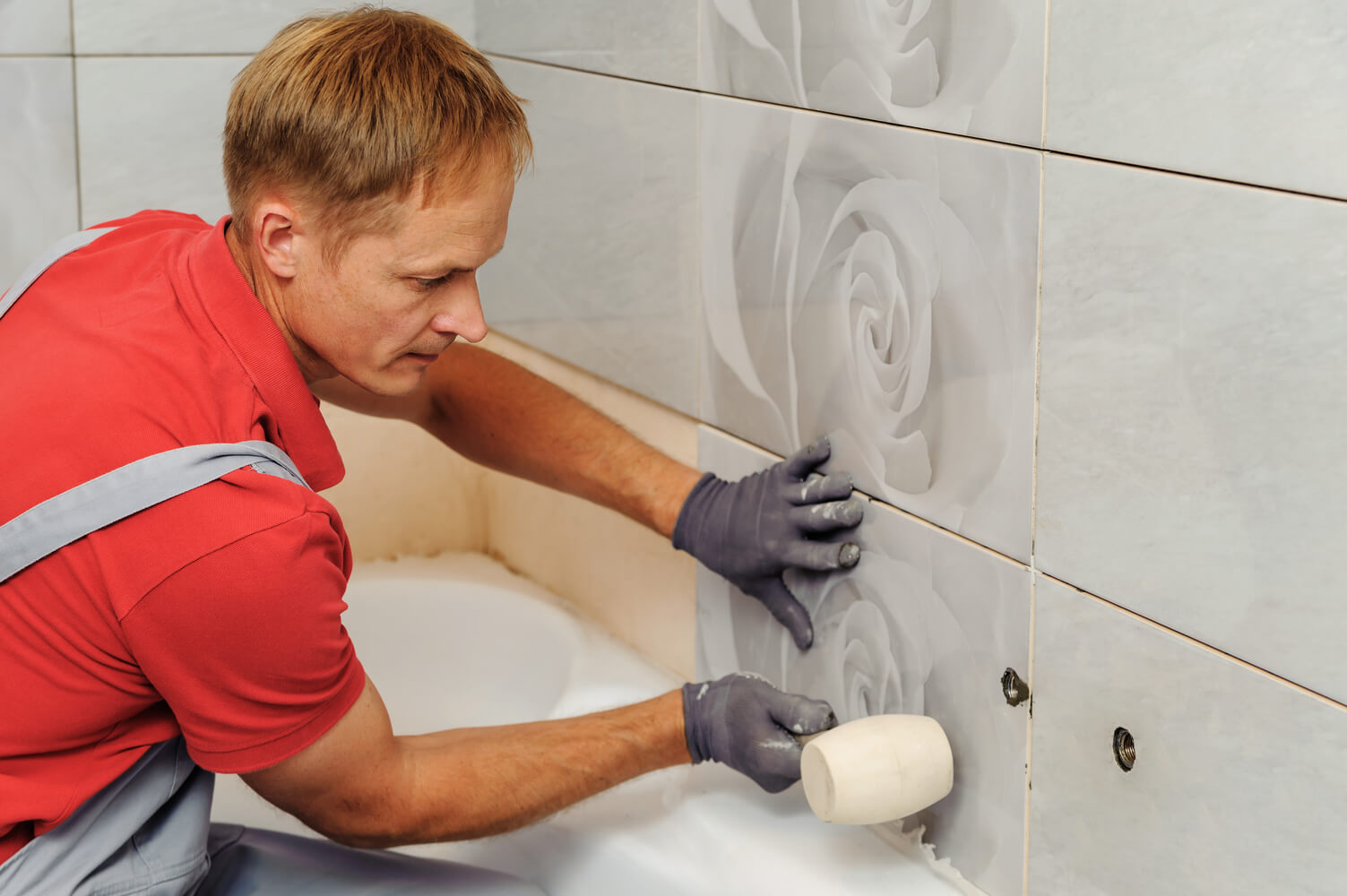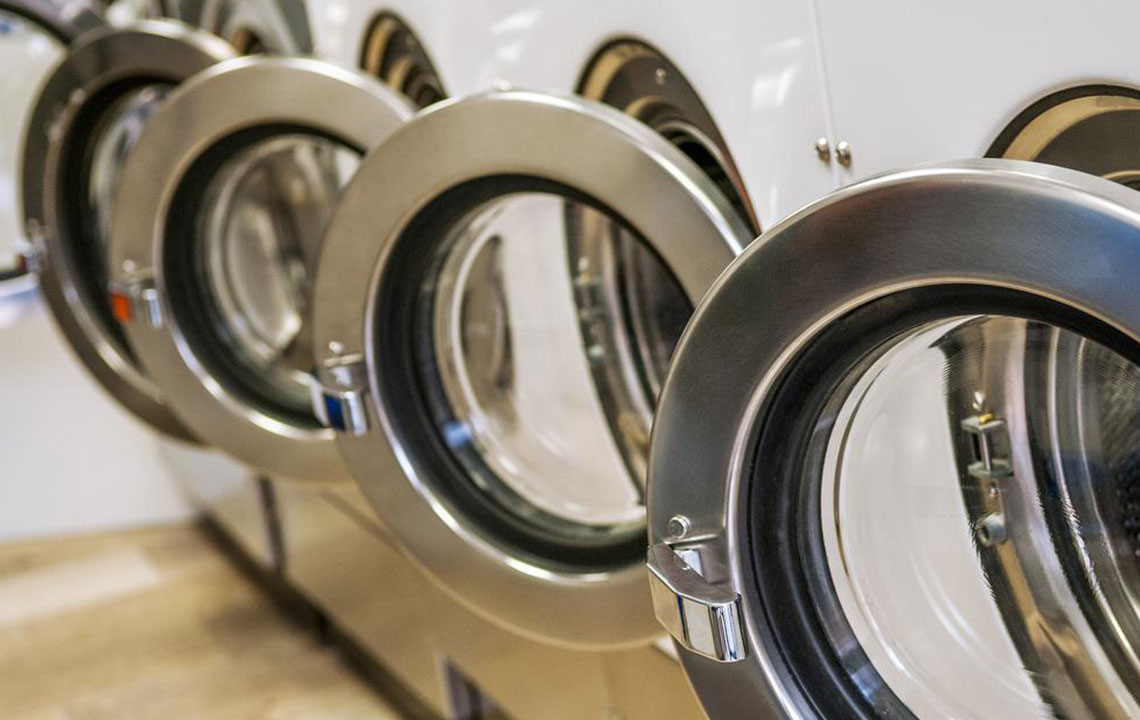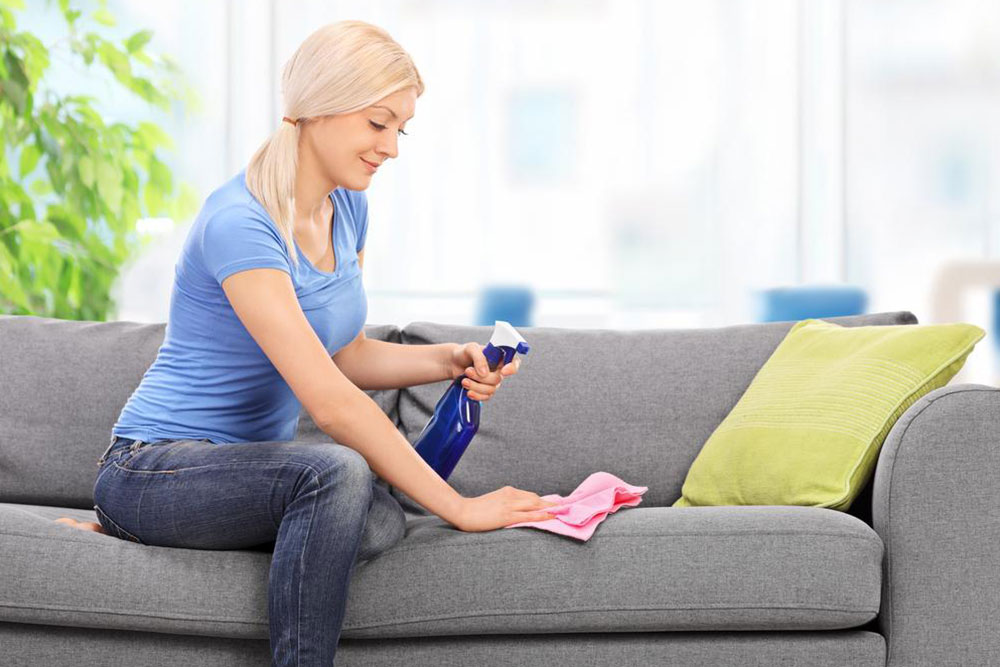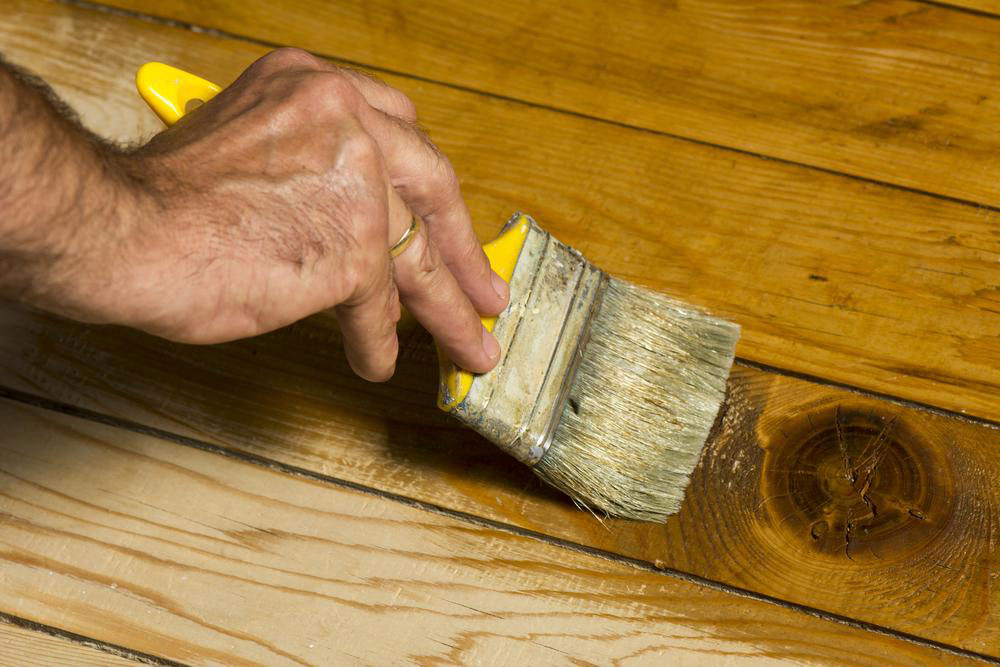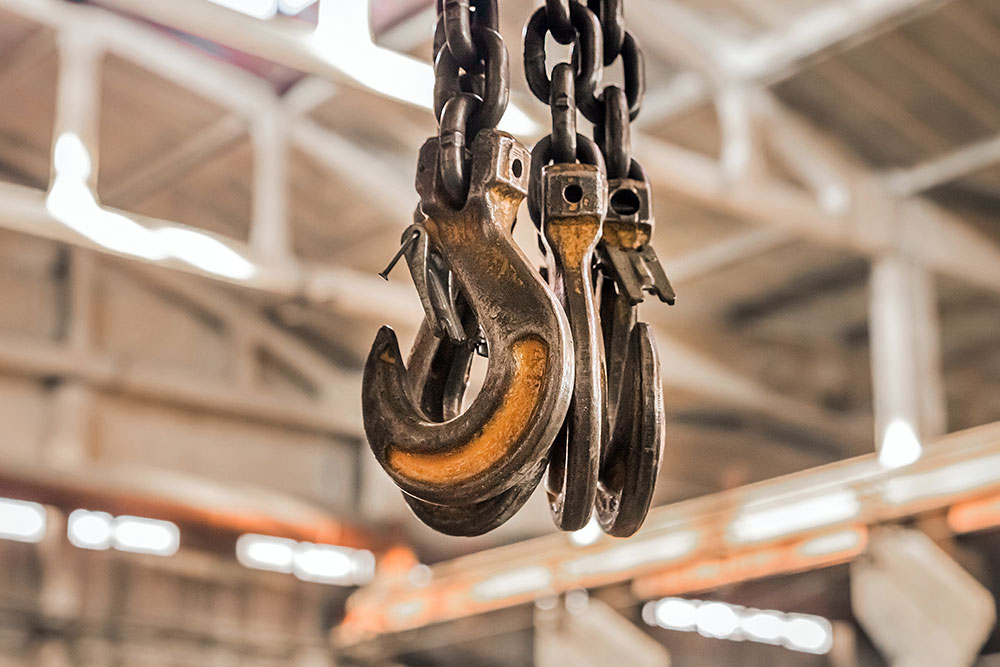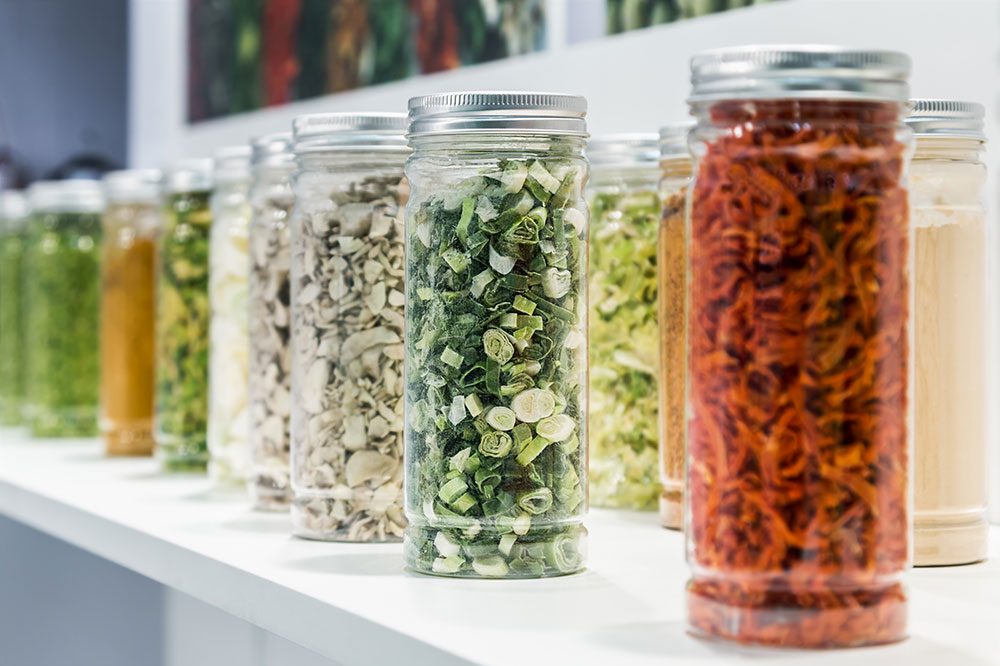Essential Steps for Water Damage Restoration and Home Repair
This comprehensive guide covers essential steps for restoring homes after water damage, including identifying causes, using proper equipment, and conducting thorough repairs. It offers practical tips on drying, mold removal, structural repairs, and prevention strategies to mitigate future issues. Whether dealing with flooding, leaks, or mold, homeowners can follow these proven methods to protect their property efficiently. Preparedness and swift action are key to minimizing water damage impacts and ensuring a safe, durable home environment.
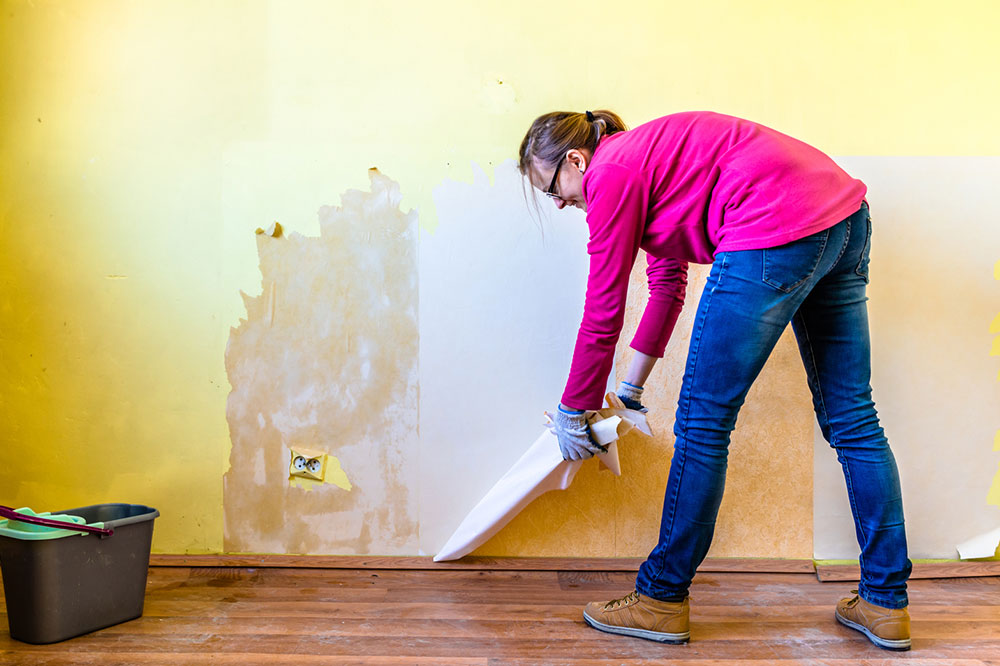
Essential Steps for Water Damage Restoration and Home Repair
Experiencing signs like a bloated ceiling or wall mold after moving into a new residence could indicate water damage. Acting quickly is crucial to prevent significant losses. Water damage, a common issue, can lead to ongoing problems if not managed promptly. While some items can be salvaged, others may need disposal, as mold can develop on damp materials. Understanding how to address water intrusion effectively is vital for homeowners. Read on for comprehensive guidance on assessing, mitigating, and repairing water-related damages.
Major Causes of Household Water Damage
Homeowners should be aware of six primary sources of water damage:
Storm-Induced Damage
Natural storms are a leading reason for water damage, especially in regions prone to heavy rainfall or hurricanes. It's advisable to secure suitable insurance policies that cover storm-related damages. Typically, insurance will pay for storm damage expenses, but coverage varies depending on severity.
Flood Incidents
Flooding caused by snowmelt or heavy rains can inundate homes and properties, resulting in extensive water damage. Certain areas are more vulnerable, making flood preparedness essential for homeowners.
Unexpected Water Spills or Leaks
Accidental water releases from sources like heating units, piping, steam boilers, air conditioning, sprinklers, or hot water tanks can cause sudden damage.
Pipes and plumbing systems
Heating and cooling equipment
Appliances like water heaters
Fire sprinkler systems
Drainage System Failures
Sewer overflows can spread contaminated water into neighborhoods and homes, representing a distinct category of water damage requiring specialized handling.
Progressive Water Damage
Water leaks or drips that go unnoticed can gradually worsen, leading to significant issues over time.
Mold-Related Water Damage
Mold growth, often linked with unnoticed or lingering moisture, falls under slow-developing damage and can be mistaken for neglect, as insurance may not cover mold caused by delayed action.
Tools for Managing Water Damage
Effective equipment for restoration includes:
Air movers
Facilitate rapid drying of affected surfaces like floors and carpets and improve indoor airflow, accelerating repair.
Dehumidifiers
Remove excess moisture to prevent mold and mildew formation, available in various sizes for different home scales.
Flood pumps
In cases of severe flooding, pumps efficiently extract standing water from the premises.
Guidelines for Water Damage Repair
Before initiating repairs, ensure power and water supplies are disconnected to avoid hazards. Follow these steps for effective cleanup and restoration:
Dry Affected Areas
Remove standing water using towels, mops, or specialized fans. For extensive damage, deploy high-capacity dehumidifiers and fans to dry out walls, floors, and carpets quickly, limiting moisture spread.
Mold Inspection and Removal
Mold develops within 24 hours in damp environments, often hiding under carpets or inside walls. Inexperienced handling can worsen the situation; professional mold remediation is recommended. Isolate infected areas to prevent airborne spread, and consider hiring experts for thorough removal.
Discard Porous Materials
Porous items like unsealed wood, carpets, and drywall absorb water and fungal spores, making cleaning ineffective. Dispose of damaged porous materials to prevent ongoing mold or mildew growth, or sun-dry items with sentimental value.
Sanitize the Space
Use bleach solutions or specialized cleaners to eliminate bacteria and residual mold from cleaned surfaces.
Address Structural Issues
Fix swollen ceilings immediately by locating leaks—whether from weather or plumbing—and seal or replace compromised parts. Professional assessments are recommended for accurate fault detection.
Replace Damaged Wood
Check for compromised wooden components; replace weakened pieces to maintain structural integrity and prevent mold development. Proper support installation ensures stability.
Update Flooring
Wet carpets can cause underlying wood decay; replacing flooring with waterproof materials such as ceramic tiles or sealed concrete can prevent future damage.
Seal Openings
Routinely inspect and caulk cracks or open pores to prevent water intrusion, especially in vulnerable spots.
Finish with Painting and Polishing
After repairs, prime and repaint surfaces to conceal new patches, giving the space a fresh appearance. Polishing furniture can also help eliminate lingering bacteria, restoring aesthetic appeal.
Handling water damage requires prompt and systematic action, but understanding the process can make recovery more manageable and less stressful.

